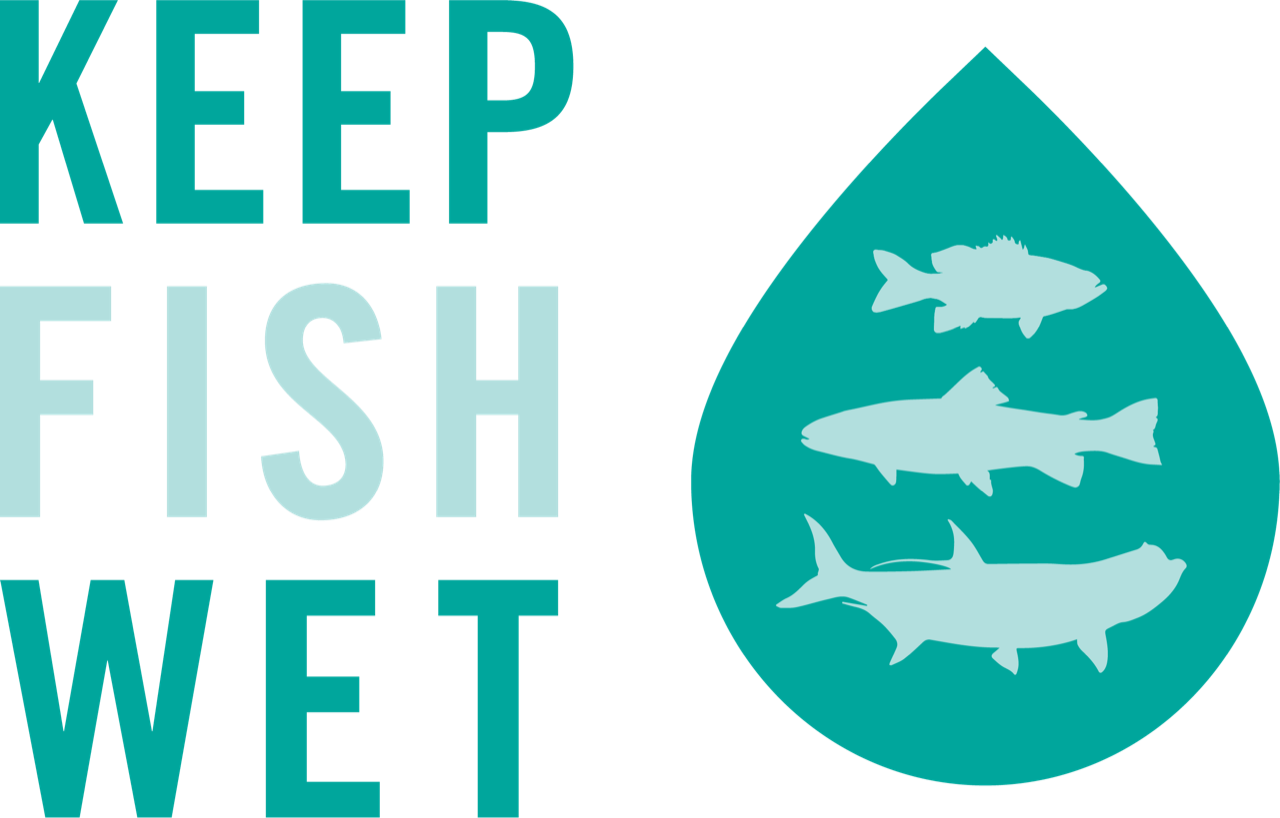The mahseer (Tor spp.) of India are a group of potamodromous cyprinids currently facing numerous challenges in their native ranges including overfishing, pollution, and hydropower development. As a result of such challenges, four of the seven Indian species of Tor have been listed as ‘Endangered’ on the IUCN Red List, including two of the most popular recreationally fished species, Tor khudree and Tor putitora.Stakeholders in the mahseer recreational fishery may serve as an ally for this group of iconic fishes, fostering aquatic stewardship and providing livelihood alternatives for poachers. Yet, information regardings pecies-specific responses to recreational fishing practices is lacking and a 2009 decree equating fishing with hunting in the Indian Wildlife Protection Act (1972) has since 2011 effectively banned angling within protected areas and rendered the future of mahseer recreational fisheries elsewhere uncertain. Read More.
Viewing entries tagged
Cooke
Golden dorado (Salminus brasiliensis) is increasing in popularity as a target of recreational anglers practicing catch-and-release (C&R) in northern Argentina and bordering countries, however science-based best practices have yet to be developed for this iconic freshwater game fish. We assessed the consequences of C&R on golden dorado captured by anglers on the Juramento River, in Salta, Argentina. Read More.
In August of 2015 recreational fisheries researchers, managers,and stakeholders assembled at the American Fisheries Society Annual Meeting in Portland, Oregon to discuss the current state of catch-and-release angling science and practice in the 21st century. Beyond providing a venue for participants to share the latest science on the topic, there was a strong emphasis on understanding how the science relates to or could inform practice. Read More.
Catch-and-release angling is an increasingly popular conservation strategy employed by anglers voluntarily or to comply with management regulations, but associated injuries, stress and behavioural impairment can cause post-release mortality or fitness impairments. Because the fate of released fish is primarily determined by angler behaviour, employing ‘best angling practices’ is critical for sustain-able recreational fisheries. While basic tenants of best practices are well established, anglers employ adiversity of tactics for a range of fish species, thus it is important to balance science-based best practices with the realities of dynamic angler behaviour. Here we describe how certain tools and tactics can be integrated into recreational fishing practices to marry best angling practices with the realities of angling. While the effects of angling practices vary considerably across contexts and conditions, we also outline available methods for assessing fish condition by examining physical injuries and reflexes, which enable recreational anglers to make educated real-time decisions related to angling practices, as well as when, where, and whether to release captured fish based on their probability of survival. In cases where fish are in poor condition, there are recovery tactics available that can improve survival, although this is among the most understudied aspects of angling practices. Read More.
The effects of cold shock on fish have rarely been assessed in sub-tropical regions despite the fact that such events
can occur as a result of upwelling, storms, or other climactic events that are expected to increase as a result of
global environmental change. Here, the sub-lethal physiological and behavioural consequences of cold shock
on bonefish... Read More.
Just released study involving Keepemwet Fishing Science Advisor Dr. Andy Danylchuk.
"Catch-and-release angling is an increasingly popular conservation strategy employed by anglers vol-untarily or to comply with management regulations, but associated injuries, stress and behaviouralimpairment can cause post-release mortality or fitness impairments. Because the fate of released fishis primarily determined by angler behaviour, employing ‘best angling practices’ is critical for sustain-able recreational fisheries." Read more.







